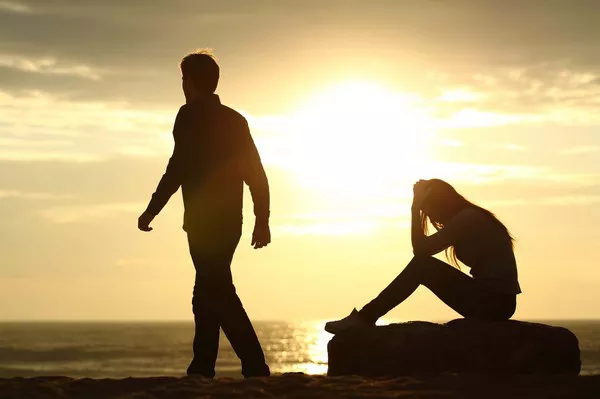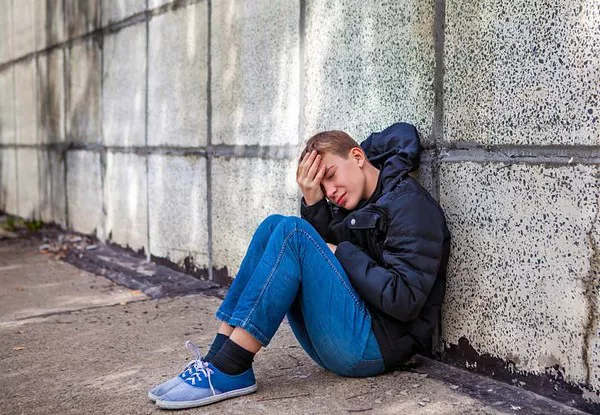Falling in love is a complex and often exhilarating experience that has captivated human beings throughout history. Whether through songs, movies, or literature, the notion of love has been romanticized, making it seem like an instantaneous event. However, the reality of how quickly people fall in love is nuanced and varies significantly among individuals. As a psychologist, I have observed various factors influencing the pace of love, including personal history, attachment styles, societal influences, and individual temperament.
Understanding Love: The Psychological Framework
To delve into how fast people fall in love, it’s essential first to understand what love is from a psychological perspective. Love can be conceptualized as a multi-dimensional emotion that includes elements of passion, intimacy, and commitment. Psychologist Robert Sternberg proposed a triangular theory of love, which identifies these three components:
Passion: The intense desire for another person that encompasses physical attraction and sexual consummation.
Intimacy: The emotional closeness that one feels toward another, characterized by feelings of warmth, trust, and connection.
Commitment: The decision to maintain a long-term relationship with another person, demonstrating loyalty and dedication.
These components interact to form different types of love, including romantic love, companionate love, and infatuation. The balance and presence of these elements can influence how quickly someone falls in love.
The Stages of Falling in Love
Falling in love often occurs in stages, and the duration of each stage can vary significantly from person to person. Understanding these stages helps elucidate how quickly individuals may experience feelings of love.
Initial Attraction
The process typically begins with initial attraction, which can occur within minutes or even seconds of meeting someone. This phase is largely driven by physical appearance and chemistry. When people feel a strong physical attraction, they may experience a rush of excitement and adrenaline, often referred to as the “honeymoon phase.”
Infatuation
After initial attraction, infatuation often takes hold. This stage is characterized by obsessive thoughts and an overwhelming desire to be with the other person. Infatuation can develop quickly, sometimes within days or weeks. During this time, people may idealize their partner and focus primarily on their positive traits while overlooking any flaws.
Deepening Connection
As the relationship progresses, individuals may begin to establish a deeper emotional connection. This phase can last several weeks to several months. Partners start to share more intimate details about themselves, build trust, and foster a sense of security. It is during this stage that genuine love may begin to develop, blending elements of intimacy and commitment.
Commitment
The final stage of falling in love is commitment. This stage involves a conscious decision to maintain the relationship for the long term. Commitment can take months or even years to solidify, depending on individual circumstances, readiness for a serious relationship, and alignment in life goals.
Factors Influencing the Speed of Falling in Love
While the stages of love provide a framework for understanding the process, various factors can influence how quickly someone falls in love. These factors include:
1. Personal History and Past Experiences
Individuals’ previous relationship experiences significantly shape how they perceive love and intimacy. Those with positive past experiences may find it easier to fall in love quickly, as they are more likely to trust their partner and be open to vulnerability. Conversely, individuals with negative or traumatic past relationships may approach new connections with caution, which can slow the pace of falling in love.
2. Attachment Styles
Psychologists identify four primary attachment styles: secure, anxious, avoidant, and disorganized. These styles, developed in childhood based on early relationships with caregivers, can influence how people connect with others in romantic relationships:
Secure Attachment: Individuals with a secure attachment style are generally comfortable with intimacy and are likely to fall in love relatively quickly. They trust their partners and are capable of balancing closeness and independence.
Anxious Attachment: Those with an anxious attachment style may fall in love quickly due to a strong desire for closeness, but they may also experience anxiety about their partner’s feelings and commitment.
Avoidant Attachment: Avoidantly attached individuals may take longer to fall in love because they tend to distance themselves emotionally and fear intimacy. Their protective instincts can lead them to be skeptical of love, making them slow to develop deeper connections.
Disorganized Attachment: This style often combines elements of both anxious and avoidant attachment,
leading to confusion and unpredictability in relationships. Individuals may have difficulty navigating their emotions, slowing down their ability to fall in love.
3. Cultural and Societal Influences
Cultural norms and societal expectations also play a crucial role in how quickly individuals fall in love. In some cultures, there is an emphasis on rapid romantic connections and courtship, while in others, relationships may develop more slowly. The societal narrative surrounding love, such as the prevalence of “love at first sight” stories, can shape individual expectations and behaviors. Additionally, social media and dating apps have created new dynamics in romantic connections, sometimes leading to quicker relationships due to increased accessibility to potential partners.
See Also: When to Break Up with Someone You Love?
4. Age and Maturity
Age and emotional maturity are significant factors in how quickly someone falls in love. Younger individuals may experience more intense infatuation but may also lack the emotional tools to navigate deeper levels of intimacy. Conversely, older individuals often have more life experience, better self-awareness, and clearer expectations about love, leading to more thoughtful and deliberate approaches to falling in love.
The Impact of Modern Dating
In today’s digital age, modern dating has transformed the way individuals meet and connect. Online dating platforms and social media have changed the landscape of romantic relationships, providing a vast pool of potential partners. This accessibility can lead to quicker connections, as individuals may meet and engage with multiple potential partners simultaneously.
However, the fast-paced nature of online dating can also create challenges. The pressure to connect quickly may lead individuals to rush into relationships without fully assessing compatibility, often resulting in a cycle of short-lived romances and heartache. Additionally, the prevalence of choice can lead to what is known as “choice overload,” causing anxiety and indecision that hinder the development of deep, lasting connections.
Signs of Falling in Love
While each person’s experience of love is unique, certain signs can indicate that someone is falling in love. Recognizing these signs can provide insight into the emotional landscape of a budding relationship:
Constantly Thinking About the Other Person: When someone falls in love, they often find themselves thinking about their partner frequently, even when they are apart.
Desire for Intimacy: A strong desire to spend time together and share personal experiences can signal the onset of love. This may include wanting to introduce each other to friends and family.
Feeling Energized and Happy: Falling in love can lead to heightened emotions, resulting in increased happiness and energy levels. This emotional boost can be intoxicating and addictive.
Prioritizing the Relationship: When love develops, individuals may prioritize their partner and the relationship above other interests or commitments, indicating a deeper emotional investment.
Experiencing Vulnerability: Falling in love often involves sharing vulnerabilities and fears with the partner. This openness can signal a move from mere infatuation to genuine emotional intimacy.
The Consequences of Rushing Love
While the thrill of falling in love can be exhilarating, rushing into love without taking the time to fully understand oneself and one’s partner can lead to complications.
Unrealistic Expectations: Jumping into a relationship too quickly can lead to unrealistic expectations, where one partner may idealize the other without recognizing potential incompatibilities.
Lack of Compatibility: Rushing can cause individuals to overlook red flags or differences that might pose challenges in the future, leading to potential conflicts down the road.
Emotional Turmoil: If love is rushed, it can result in emotional instability, including feelings of anxiety, fear, or confusion when challenges arise in the relationship.
Fear of Commitment: For those who fall in love too quickly, the emotional intensity may create fear of commitment, leading to a pattern of short-lived relationships as individuals flee from deeper connections.
Conclusion
The question of how fast normal people fall in love does not have a one-size-fits-all answer. Each individual’s experience of love is influenced by a variety of factors, including personal history, attachment style, cultural background, and modern dating dynamics. While some people may find themselves falling in love within days or weeks, others may take months or even years to develop the emotional depth and commitment associated with lasting love.
It’s important to approach love with a sense of curiosity and openness rather than rushing the experience. Taking the time to build a solid foundation based on trust, understanding, and mutual respect can lead to a healthier, more fulfilling relationship in the long run. Ultimately, love is a journey—one that requires patience, introspection, and a willingness to embrace the complexities of human emotions.
Related topics:





























